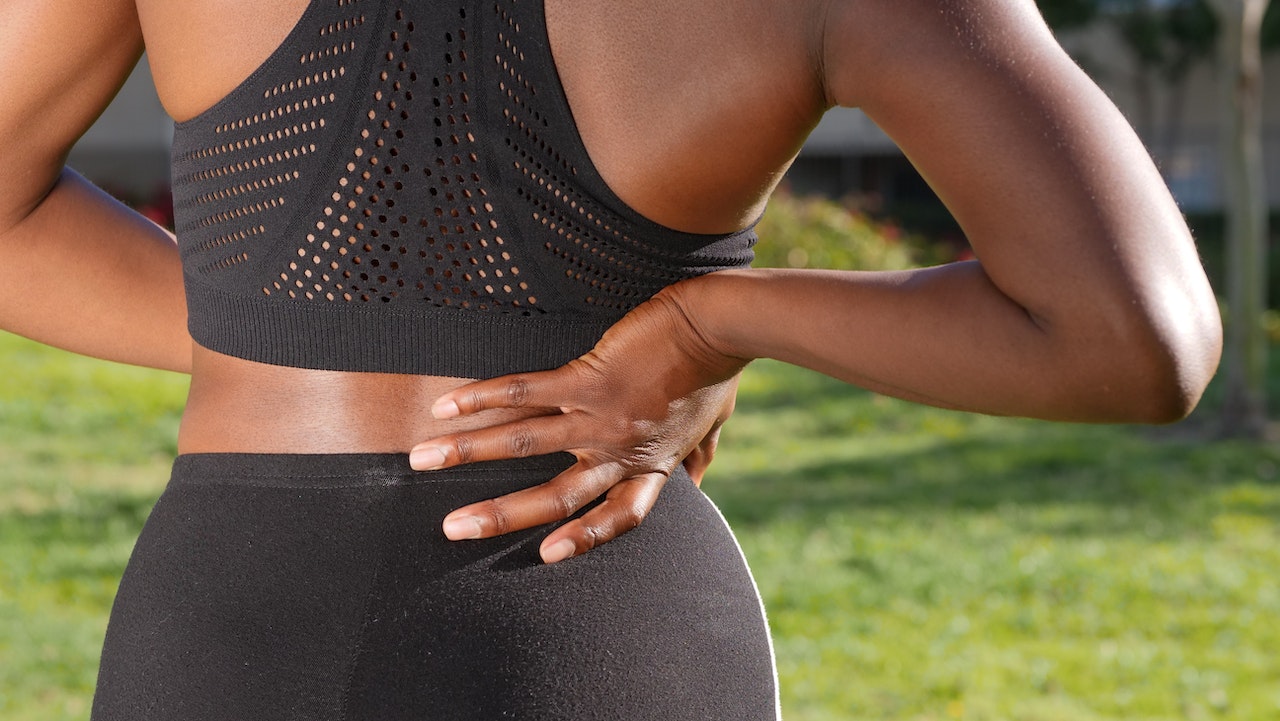Bulging discs can be very painful but in most cases, the treatment is to simply wait for it to get better. What if there was a drug-free treatment that reduces pain and helps to improve mobility during this time? In this article, Breeze Academy explores the use of Acupuncture for bulging discs.
So, can Acupuncture help a bulging disc? Studies show that Acupuncture is very effective in treating the symptoms of bulging discs - reducing pain and increasing mobility. One study found Acupuncture to be 93% effective, whilst another found it to be 95% effective in treating symptoms and considered it a cure.
Read on to learn more about Acupuncture for bulging discs with Breeze Academy.
Does Acupuncture for Bulging Disc Work?
A number of studies found that Acupuncture is effective in reducing pain and improving mobility. One study in particular found that Acupuncture is more effective than traditional physical therapy in achieving these results.
A further study reported a 93% success rate. Additionally, a number of patients reported a 95% improvement in symptoms and were considered cured.
Acupuncture for bulging disc works by stimulating the nervous system. This triggers the release of pain-killing endorphins and enkephalins. Additionally, Acupuncture increases blood flow and relaxes the muscles around the affected area. This is particularly beneficial for those that experience muscle spasms or tightness due to bulging discs.
How Many Acupuncture Sessions are Needed?
In the study referenced above (with a 93% success rate), patients were given Acupuncture daily for 4 weeks. This may not be practical for all patients, however, most Acupuncture patients will begin to see results after a minimum of 6-8 sessions.
Some may experience benefits, such as pain relief, after just 1 session, but it’s important to recognise that this is rarely enough to receive long-term benefits. Often, where patients quit their recommended course of treatment early, symptoms will reappear relatively quickly. Following through on the recommended course of treatment may offer more long-term benefits where infrequent maintenance appointments are required.
Learn more about how often clients should have acupuncture sessions, and how many sessions they will typically need in our recent blog.
Acupuncture Points for Bulging Disc
In the aforementioned study with a 93% success rate, the following Acupuncture points were used to treat bulging disc.
- Ashi points - no fixed location - points where the patient feels pain during palpatory examination.
- MBW 35 (Huatuojiaji) - located 0.5 - 1 cun lateral to the depressions below the 12 thoracic and 5 lumbar vertebrae.
- BL 23 (Shenshu) - located 1.5 cun lateral to the lower border of the spinous process of the second lumbar vertebra
- Bl 40 (Weizhong) located at the midpoint of the transverse crease of the popliteal fossa, between the tendons of biceps femoris and semitendinosus.
- Bl 54 (Zhibian) - located in the sacral region, 3 cun lateral to the posterior midline, at the level of the fourth sacral foramen
- BL 32 (Ciliao) - located at the second posterior sacral foramen
- KD 3 (Taixi) - located on the medial aspect of the foot, posterior to the medial malleolus, in the depression between the tip of the medial malleolus and tendo calcaneus.
- SP 6 (Sanyinjiao) - located on the medial aspect of the lower leg, 3 cun above the medial malleolus, on the posterior border of the medial aspect of the tibia.
Contraindications around Acupuncture for Bulging Disc
There are no contraindications specific to a bulging disc, however there are a number of more general contraindications to be aware of. If your patient exhibits any of these contraindications, they would need to consult with their primary physicians before continuing with Acupuncture treatment.
These contraindications include:
Absolute Contraindications
- Use of particular meridians on pregnant women
- Use of acupuncture on clients with uncontrollable movements
- Use of acupuncture on clients with spinal instability
- The needling of scars, keloid, recent wounds, or skin with sensory deficit
- Use of acupuncture on clients with blood disorders, or those on anticoagulant medication
- Use of acupuncture on clients with a pacemaker
Relative Contraindications
- Clients that have had an acute stroke
- Clients with cancer
- Clients with skin conditions
- Clients with diabetes
- Clients with epilepsy
Other Special Precautions
- Imuno-suppression
- Clients with an unclear medical diagnosis
- Clients with an abnormal physical structure
- Those that will be driving after treatment
Final Thoughts
Acupuncture is thought to be an effective treatment against bulging disc, but more so against its symptoms than as a cure. Studies show that Acupuncture has been as high as 95% effective in reducing the symptoms of bulging disc, as has even been considered a cure in some cases (there is not enough evidence of this to suggest that Acupuncture is a sure-fire cure).
If you’re a healthcare professional interested in offering Acupuncture for individuals suffering with bulging discs, take a look at our Acupuncture courses online today.
Our foundation-level Acupuncture courses are available throughout the UK, giving you all the knowledge you need to safely and effectively practise Acupuncture. There are also a number of more advanced CPD Acupuncture courses available to take your skills to the next level.
FAQs
What is a Bulging Disc?
Discs act as cushions between the vertebrae in the spine. They are made up of an outer layer of cartilage that surrounds a softer inner layer of cartilage. Over time, discs show signs of wear and tear; they dehydrate and stiffen. This can cause the disc to bulge out around its circumference (some describe this as looking a bit like a hamburger that’s too big for its bun).
